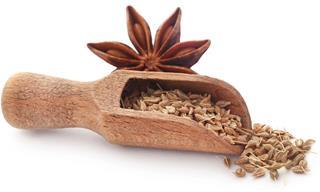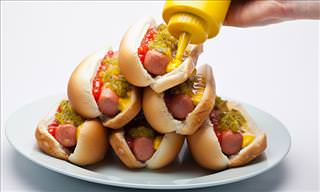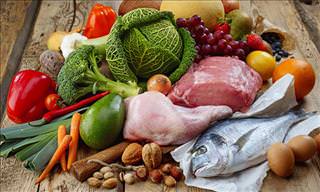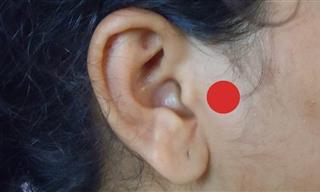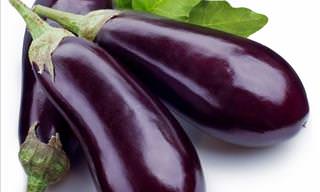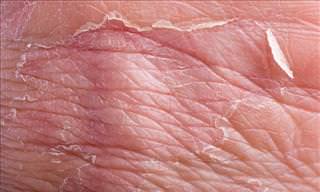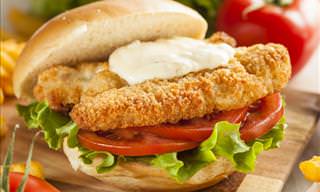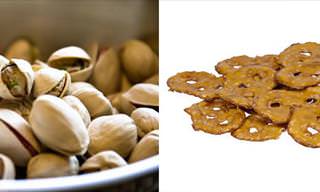1. Stay Away From Processed Food

Although convenience foods make cooking really quick and easy, you pay the price for that convenience by ingesting some really suspect ingredients. These include high amounts of preservatives, man-made colorings, and other added chemicals.
They’re also higher in fat, salt, and sugar than foods that are cooked from scratch. They also lack nutrients and fiber. That’s why you should get into the habit of preparing meals from unprocessed foods. In other words, be sure to use fresh vegetables, lean meat, eggs, and milk. You should also at plenty of fruit, nuts, and legumes.
2. Make the Switch to Whole Grains
Refined foods such as white sugar and white bread are stripped of most of their nutrients, so that’s why it’s a good idea to ditch anything that’s refined and switch to the whole-grain version. Whole grains have a lower glycemic index, so they keep you feeling fuller for longer, as well as assisting you with maintaining your energy levels and concentration.
You can make this switch by buying brown rice instead of white, whole-grain pasta instead of regular, and whole-grain bread instead of white. You can further supplement this by buying whole grains such as quinoa, buckwheat, and others to add to your meals. Check the health aisle in your local supermarket.
3. Use Healthy Cooking Methods
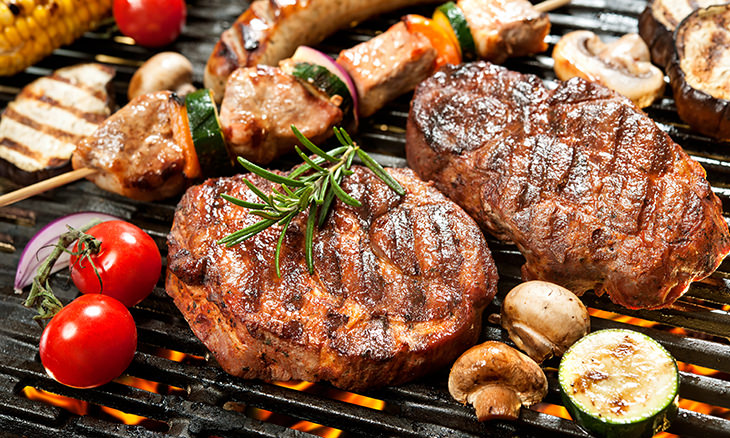
Did you know that the more that you “do” to your food, the less it does to you? In other words, the more intensive the cooking process is, the less nutrients your body will receive when you come to eat the food. Try these things instead:
• Grill or barbecue meat, fish, and vegetables.
• Stir-fry meat and vegetables, using just a little olive oil or a light spray of cooking oil.
• Steam vegetables until they're lightly crunchy.
• Use herbs, spices and ground pepper instead of salt.
• Use balsamic vinegar or lemon juice instead of salad dressing.
• Make your own sauces rather than using bottled or sachet versions - for example, using fresh tomatoes as your base combined with herbs and spices.
4. Watch Your Portion Sizes
In today’s bloated, oversized world, we’re always encouraged to eat and drink more and more, so it’s little wonder that many of us eat far larger portions than we should be doing. The ideal lunch in terms of portion size should include a quarter-plate of lean protein, a quarter-plate of low-GI or whole-grain carbohydrates, and a half-plate of salad or vegetables.
Dinner should consist of a smaller portion than you ate for lunch. This is because you’re likely to be doing low energy activities in the evening, such as watching TV. You might even go to bed soon after dinner.
5. Be Aware of Healthy Options when you’re Eating Out
Eating out at a restaurant or café can seem like a minefield if you’ve made a conscious decision to eat healthily. The two major reasons for this are large portion sizes, and the availability of less-than-healthy menu options. Make sure you do these things before you head out to eat:
• See if the restaurant's menu is available online and choose your meal before you go out.
• Choose an entrée-sized dish for your main course and bump it up with a healthy side salad.
• Ask for dressings and sauces to be served on the side.
• Ask for rice or extra vegetables instead of chips.
• Set aside half the dish and ask for it in a takeaway container.
6. Keep a Food Diary
Make sure that you write down everything you eat and drink throughout the day, because this will give you a clear picture of what and how much you’re eating, as well as how healthy it is. You can do this by grabbing a small notebook and starting your diary today.
7. Eat Healthily at Social Events
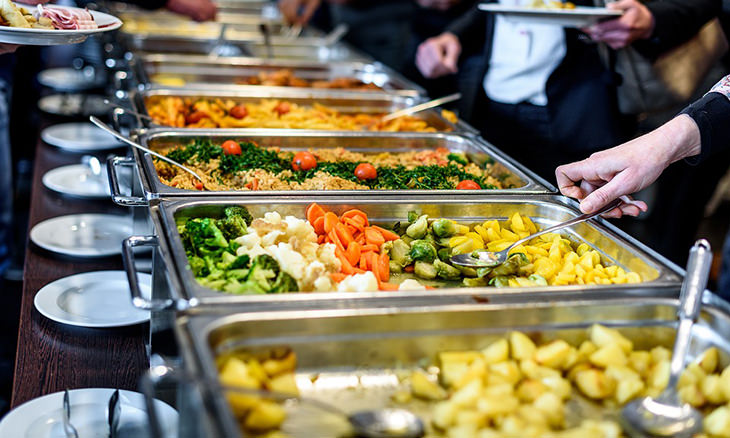
Work gatherings, birthday bashes or other social gatherings replete with plenty of food and alcohol are often hard to avoid, and this can lead to plenty of remorse if you happen to overindulge. Set up these healthy eating habits to help you stay on track:
• Eat a filling, healthy snack to take the edge off your hunger before you arrive.
• At a buffet, fill your plate once and then stand away from the food table.
• Look for the healthiest option: a grilled piece of fish or lean meat, for example.
• Load up on salad and vegetables.
• Skip cheeses and dessert, or share a little with a friend or partner.
8. Plan Your Healthy Shopping
Picking up the phone and ordering takeaway when there’s nothing in your fridge is far too easy, as is putting together an unhealthy meal when it’s filled with unhealthy foods. That’s why you should make sure that your fridge and pantry are stocked with healthy foods instead. This will enable you to make better choices when you’re feeling hungry. The secret to healthy shopping is planning ahead
9. You Can Have a Treat – Occasionally
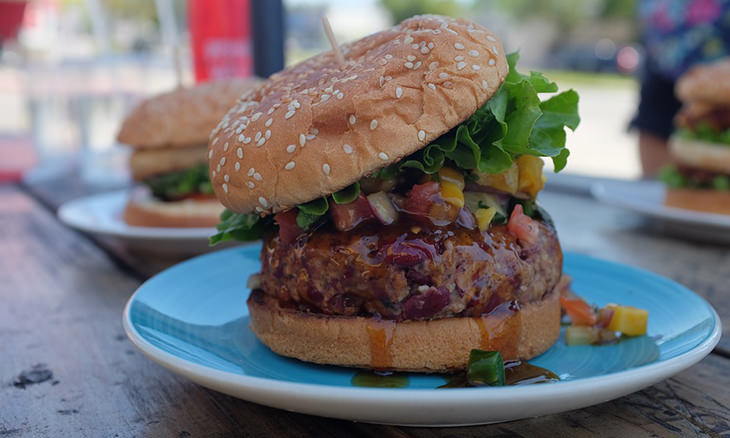
When we’re on a health drive, we often think of certain foods as being bad, thus cutting them out of our diet altogether. The problem with this is that you can end up craving these foods, which can lead to binging. That’s why you should set aside one meal a week to indulge in as a treat. Even though you may be eating healthily, that doesn’t mean you shouldn’t be able to enjoy yourself once a week.
10. Drink Lots of Water
Water is absolutely essential for life, and most of the human body actually consists of water. The body needs it for digestion, absorption, and transportation of nutrients, as well as for the elimination of waste and regulating body temperature.
Men should aim to drink 2.6 liters per day, whereas women should aim to drink 2.1 liters per day.
Source
Images by Deposit Photos
Related Articles:
How to Easily Boost Your Metabolism
Your Guide to Eating the Right Amount of Each Food Type
Debunking 11 Myths You Believed About Nutrition
FAQ: 10 Questions Every Nutritionist Hears
 Go to BabaMail
Go to BabaMail





















